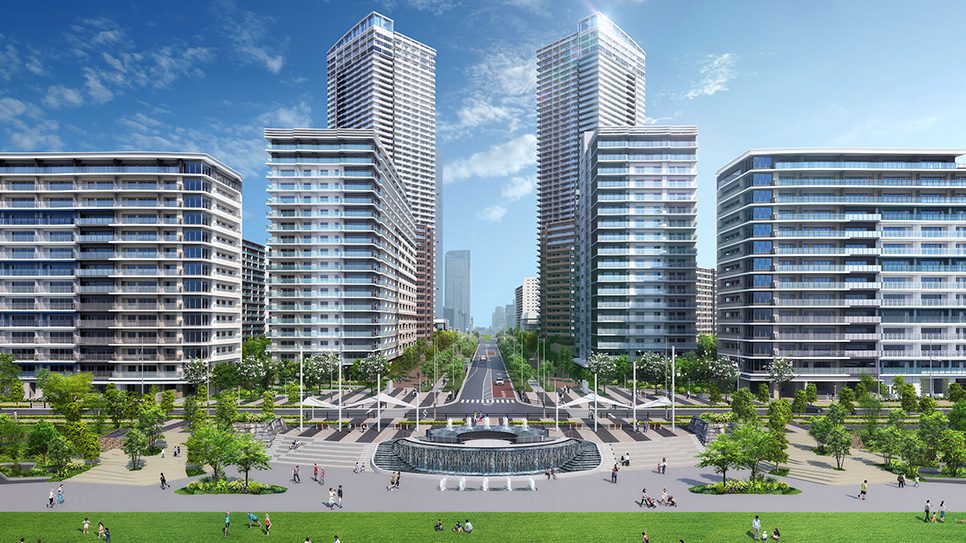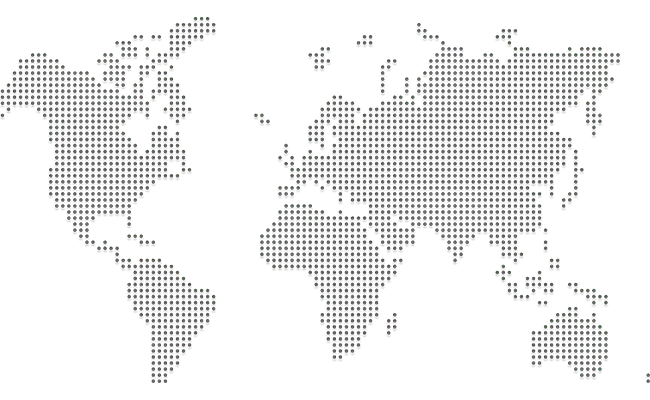Virtual Reality in Real Estate: Transforming the Property Buying Experience in Pakistan

Introduction
The way people explore and buy property is evolving—and at the heart of this transformation is Virtual Reality (VR). In Pakistan’s dynamic real estate market, VR is emerging as a powerful tool that’s making property discovery more immersive, engaging, and efficient than ever before.
From virtual walkthroughs of luxury apartments to digital tours of under-construction units, VR is revolutionizing how developers showcase properties and how buyers make decisions. Leading projects like One Beverly, Falaknaz Greens, and The Mega Mall are now integrating VR into their marketing and sales strategies to attract both local and overseas investors.
Let’s dive into how VR is shaping the future of real estate in Pakistan.
What Is Virtual Reality in Real Estate?
Virtual Reality in real estate allows potential buyers to explore a property in a 3D, simulated environment—using a headset, a smartphone, or even a web browser. Unlike videos or photos, VR provides:
360-degree views of every room
Interactive floor plans
Realistic lighting and textures
The ability to “walk through” a property virtually
This technology bridges the gap between imagination and reality—especially useful when buying off-plan or from overseas.
Why VR Is a Game-Changer in Pakistani Real Estate
Overcomes Geographical Barriers
Overseas Pakistanis, busy professionals, or investors from other cities can virtually visit properties like One Beverly or The Mega Mall without traveling.Saves Time and Resources
Instead of visiting multiple properties physically, buyers can shortlist the most suitable ones after virtual walkthroughs—saving both time and fuel.Builds Confidence in Under-Construction Projects
VR brings architectural renderings to life. Potential buyers can see what a finished apartment or shop will look like—before construction is complete.
How Top Developers Are Using VR
One Beverly
As a luxury vertical living project, One Beverly offers:
VR-based tours of sample apartments
Interactive experiences showcasing finishes and materials
Configurable room views (e.g., furnished vs. unfurnished)
This helps buyers visualize their lifestyle in the space—even before setting foot on the property.
Falaknaz Greens
Being a family-centric gated community, Falaknaz Greens uses VR to:
Present street views and landscaped areas
Highlight amenities like parks, mosques, and playgrounds
Offer plot layout previews for investors
This helps buyers get a complete community overview remotely.
The Mega Mall
With its commercial and retail spaces, The Mega Mall provides:
VR walkthroughs of shop locations and common areas
Tenant layout visualizations
3D modeling of food courts and business lounges
This is particularly effective in showcasing leasing opportunities for commercial clients.
VR in the Buyer Journey
VR enhances every stage of the buying process:
Discovery
Buyers search for properties online and are offered VR tours instead of (or in addition to) static images.Shortlisting
After experiencing the space virtually, they can make informed decisions about which ones to visit physically.Decision-Making
Virtual revisits help buyers finalize choices and even share the experience with family or advisors.Post-Sale Engagement
Some developers use VR for onboarding new residents—demonstrating parking, access, and amenities virtually before handover.
Key Benefits for Real Estate Developers
Higher Engagement Rates: VR content keeps users on websites longer and increases interaction.
Better Conversion Rates: Immersive property previews result in faster decision-making and fewer drop-offs.
Enhanced Trust: Transparency builds trust, especially in off-plan sales.
Cost-Efficiency: Reduces the need for multiple sample units and repeated site visits.
In Pakistan’s competitive property market, developers offering VR tours stand out—especially to tech-savvy millennials and overseas buyers.
Challenges to Adoption
While promising, VR in real estate faces a few hurdles in Pakistan:
High initial setup cost for professional VR production
Limited user access to VR headsets (though web-based tours help)
Slow adoption among traditional real estate agents
However, as more projects like One Beverly and Falaknaz Greens prove its value, the adoption rate is expected to rise quickly.
Future Trends: What to Expect
As VR matures in Pakistan’s real estate market, expect:
Augmented Reality (AR) apps that let buyers visualize furniture placement in real time
VR showrooms in malls where visitors can tour properties without traveling
Blockchain integration for secure virtual property bookings
AI-powered VR tours that adapt based on buyer preferences
Smart developers are already laying the groundwork for these technologies, blending innovation with marketing.
Final Thoughts
Virtual Reality is not just a trend—it’s a strategic tool reshaping how real estate is marketed, sold, and experienced. With its immersive capabilities and unmatched convenience, VR is especially valuable in a growing urban market like Karachi.
Projects like One Beverly, Falaknaz Greens, and The Mega Mall are proving that investing in technology leads to better buyer engagement, faster sales, and a stronger brand presence. As Pakistan embraces the digital future, VR will continue to be at the forefront of real estate innovation.


